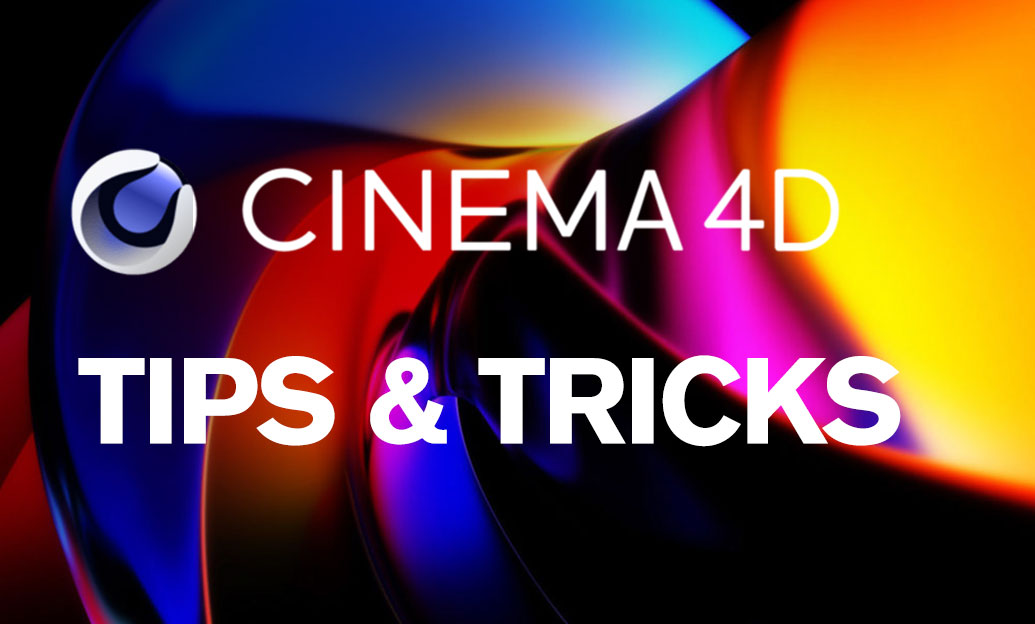Your Cart is Empty
Customer Testimonials
-
"Great customer service. The folks at Novedge were super helpful in navigating a somewhat complicated order including software upgrades and serial numbers in various stages of inactivity. They were friendly and helpful throughout the process.."
Ruben Ruckmark
"Quick & very helpful. We have been using Novedge for years and are very happy with their quick service when we need to make a purchase and excellent support resolving any issues."
Will Woodson
"Scott is the best. He reminds me about subscriptions dates, guides me in the correct direction for updates. He always responds promptly to me. He is literally the reason I continue to work with Novedge and will do so in the future."
Edward Mchugh
"Calvin Lok is “the man”. After my purchase of Sketchup 2021, he called me and provided step-by-step instructions to ease me through difficulties I was having with the setup of my new software."
Mike Borzage
ZBrush Tip: Mastering Materials and Textures in ZBrush for Realistic 3D Modeling
April 07, 2025 2 min read

Understanding the use of materials and textures is fundamental to creating compelling and realistic 3D models in ZBrush. Proper application of materials not only enhances the visual appeal of your sculpture but also adds depth and authenticity to your work. Here are some essential tips to help you master materials and textures in ZBrush:
- Explore the Material Palette: ZBrush offers a diverse range of materials that can drastically change the appearance of your model. Spend time experimenting with different materials to understand how each one interacts with light and geometry. This experimentation will help you choose the right material for the desired effect.
- Create Custom Materials: Don't limit yourself to the default materials. Customize materials by adjusting parameters such as diffuse color, specular intensity, and metallic properties. This flexibility allows you to create unique surface finishes that align perfectly with your project's requirements.
- Utilize UV Master: For precise texture mapping, UV Master is an invaluable tool. It helps you create and manage UV maps effectively, ensuring that your textures are applied seamlessly without distortion. Proper UV mapping is crucial for high-quality texture detailing.
- Polypainting for High-Resolution Details: Polypainting allows you to paint directly onto your model's polygons, providing high-resolution texture details without the need for external image textures. This technique is excellent for adding subtle color variations and intricate surface details.
- Layer Management: Organize your materials and textures using layers. Layers offer non-destructive editing capabilities, allowing you to adjust, blend, or remove textures without permanently altering the base mesh. This organization is vital for maintaining a clean and efficient workflow.
- Leverage Alphas and Textures from NOVEDGE: Enhance your textures by incorporating high-quality alphas and texture maps available from NOVEDGE. Their extensive library provides resources that can add complexity and realism to your models, saving you time and effort.
- Use Surface Noise: Apply Surface Noise to add subtle texture variations to your model. This feature can simulate materials like fabric, metal, or organic surfaces, contributing to a more believable and tactile final render.
- Experiment with MatCap: MatCap materials offer a quick way to visualize lighting and material properties on your model. By experimenting with different MatCaps, you can select the best material appearance for your sculpture before finalizing your textures.
- Optimize Texture Resolution: Ensure that your textures are of the appropriate resolution for your project's needs. Higher resolution textures provide more detail but can increase file size and render times. Balance quality with performance to achieve optimal results.
Mastering materials and textures in ZBrush is a journey that can significantly elevate the quality of your 3D models. By experimenting with different techniques and leveraging resources from NOVEDGE, you can expand your toolkit and achieve stunning, professional results. Remember to continuously refine your approach, stay updated with the latest tools, and practice regularly to enhance your proficiency in material and texture application.
```You can find all the ZBrush products on the NOVEDGE web site at this page.
Also in Design News

Revolutionizing CAD: Automated BOM Generation for Enhanced Precision and Efficiency
August 28, 2025 10 min read
Read More
Cinema 4D Tip: Effective Use of the Morph Tag in Cinema 4D for Smooth Shape Transitions
August 28, 2025 3 min read
Read MoreSubscribe
Sign up to get the latest on sales, new releases and more …



